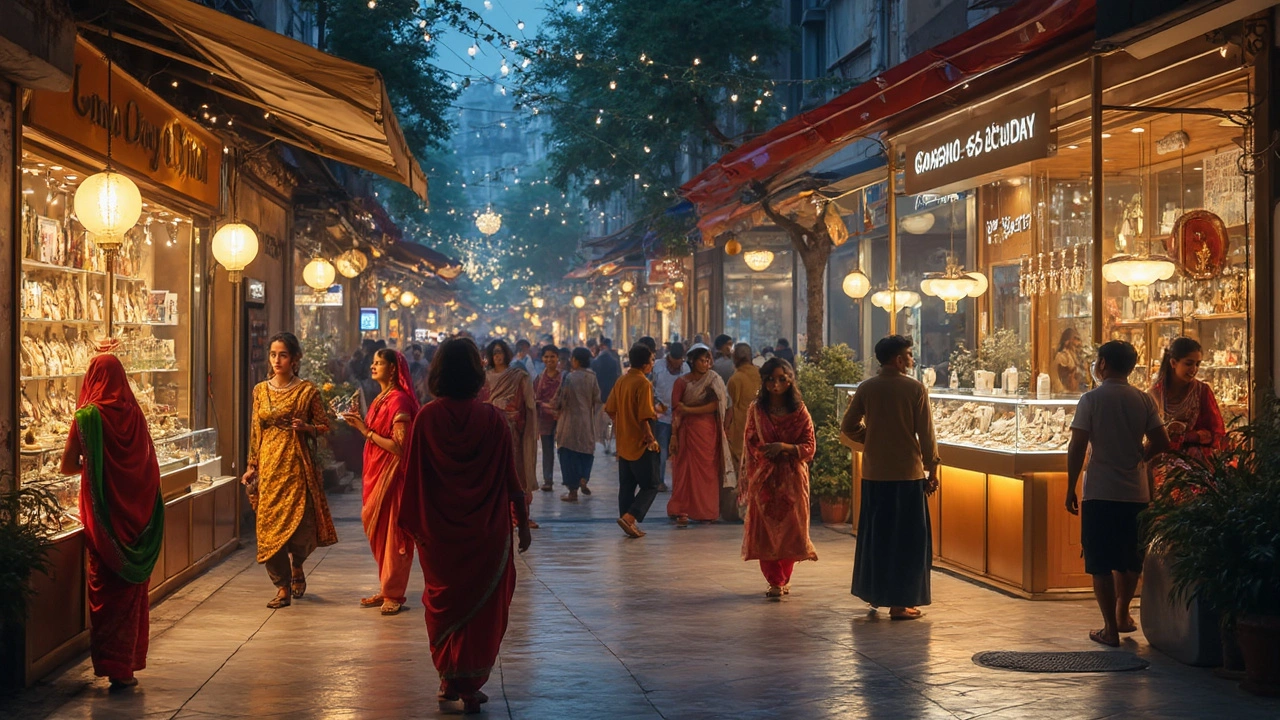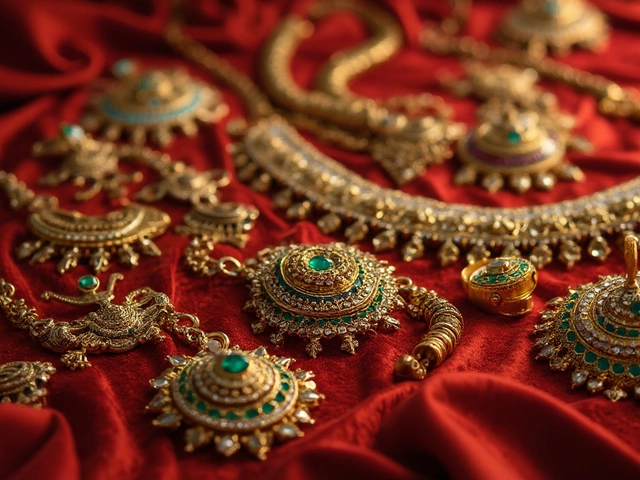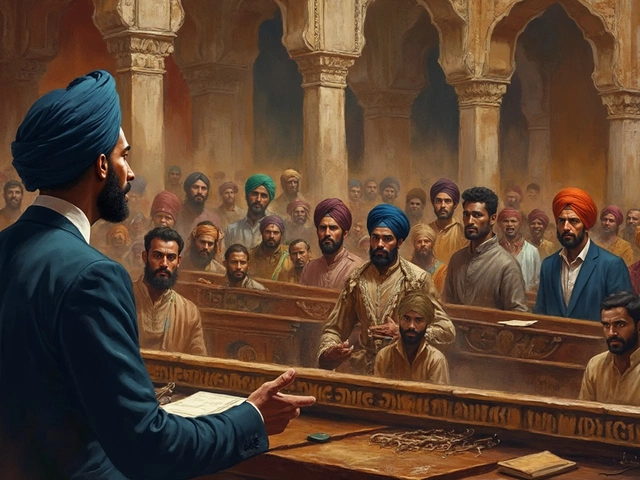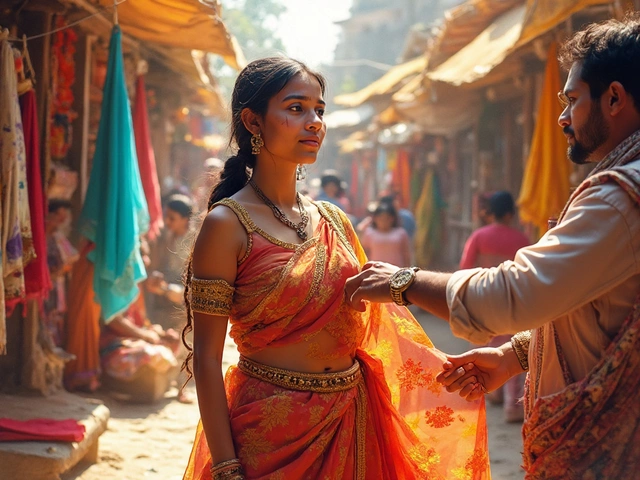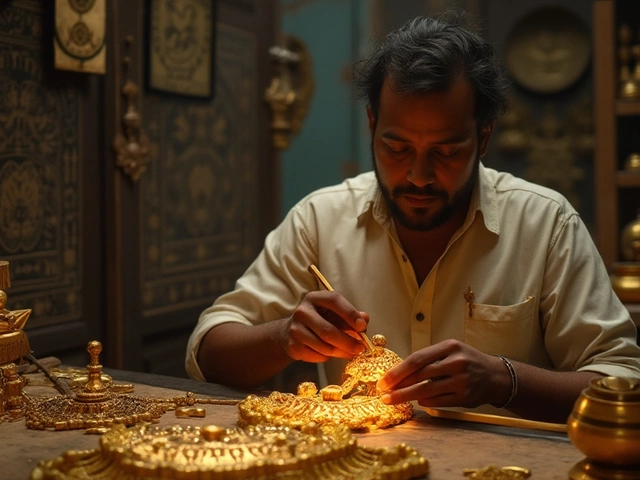Biggest Diamond Markets: Where the World’s Gems Flow
If you’re curious where most diamonds change hands, you’ve come to the right spot. From bustling Indian workshops to sleek European exchanges, these markets shape price, style, and availability.
India’s Surat – The Cutting Powerhouse
Surat in Gujarat is the world’s biggest hub for cutting and polishing. Thousands of small workshops turn rough stones into sparkling jewels. Because most raw diamonds arrive here, you’ll often find the best price‑to‑quality ratio in Surat‑based retailers.
When you shop from Surat, ask for the BIS hallmark and the 21K/875 gold standard if the piece has gold settings. That way you avoid cheap imitations and know you’re getting real value.
Antwerp – The Classic Trading Room
Antwerp, Belgium, has been the heart of diamond trading for centuries. The city hosts the famous Antwerp Diamond District where dealers negotiate large bulk deals. Even if you’re not a wholesaler, many retailers source their stones from Antwerp, so the city indirectly influences what you see in stores worldwide.
Look for certificates from GIA or HRD when buying Antwerp‑sourced diamonds. Those labs test cut, color, clarity, and carat, giving you a reliable benchmark.
Other major markets include Dubai’s BVC, Tel Aviv’s diamond exchange, and New York’s Diamond District. Dubai offers tax‑free buying and fast shipping, Tel Aviv is known for high‑clarity stones, and New York provides a mix of vintage and modern designs.
Choosing the right market depends on what matters most to you. If you want the lowest cost for a high‑quality cut, Surat is your go‑to. If you value brand reputation and lab reports, Antwerp or New York might feel safer. For tax benefits and quick delivery, Dubai is worth checking out.
Before you buy, ask these quick questions: Is the diamond certified? Can you see the grading report? Does the seller offer a return policy? Simple answers can save you from buyer’s remorse.
Price is driven by the four C’s – carat, cut, clarity, and color – plus market demand. A well‑cut 1‑carat stone from Antwerp may cost more than a similar stone from Surat because of branding and certification. Understanding these factors helps you compare offers across markets.
Resale value follows the same logic. Brands with strong heritage and high‑quality diamonds tend to hold their price better. If you plan to sell later, consider pieces with recognized hallmarks and reputable certificates.
Online platforms now link shoppers directly to dealers in these hubs. Look for sites that display real‑time certificates, offer secure payment, and have clear return policies. Even online, the same checks apply.Remember, the biggest markets also attract the biggest scams. Stay alert, verify hallmarks, and shop from reputable dealers. With the right knowledge, you can enjoy a brilliant piece without breaking the bank.
Is Diamond Cheaper in the USA or India? Complete 2025 Price Guide
Are diamonds cheaper in the USA or India? Side-by-side comparisons, unique insider tips, official stats, and 2025 diamond buying insights for travelers and shoppers.
